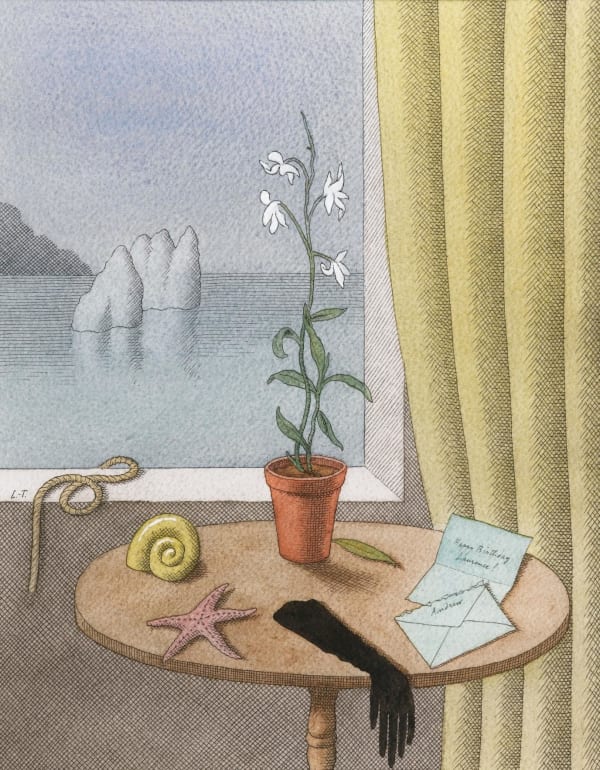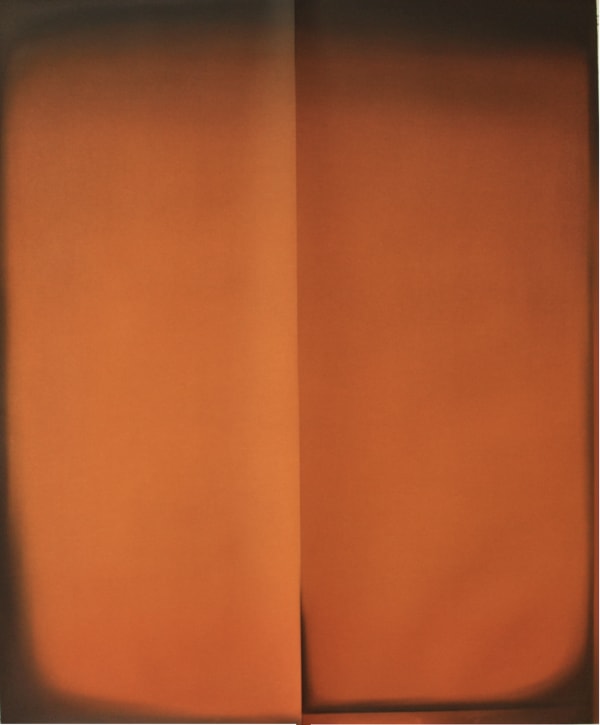-

Pierre Le-Tan
-

Taizo Kuroda
-

Alessandro Twombly
-

Nicolas Lefebvre
-

Sydney Albertini
-

Malick Sidibé
-

Vipeksha Gupta
-

Kaori Tatebayashi
-

Sussy Cazalet
-

Peter Schlesinger
-

Mick Cooper
-

Dominique Lacloche
-

Ptolemy Mann
-

Yves Marchand & Romain Meffre
-

Christabel MacGreevy
-

Tristano di Robilant
-

Chun Kwang Young
-

Flavie Audi
-

Paolo Colombo
-

Alejandro Guijarro
-

Rafaela De Ascanio
-

Parme Baratier
-

J.D. Ojeikere






















